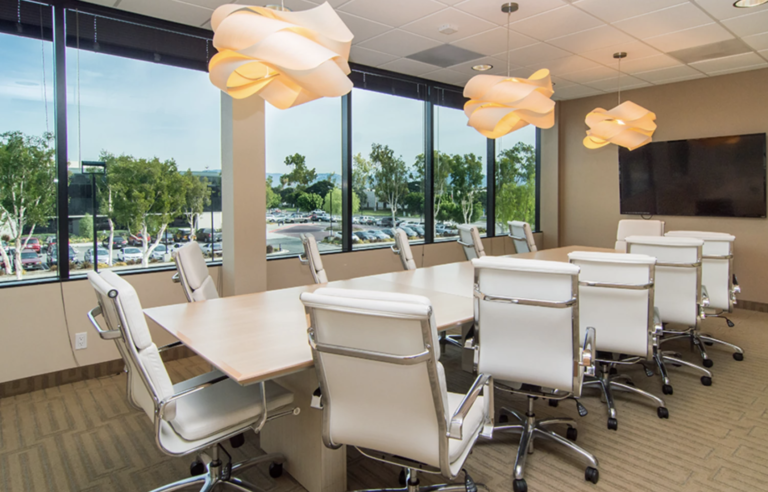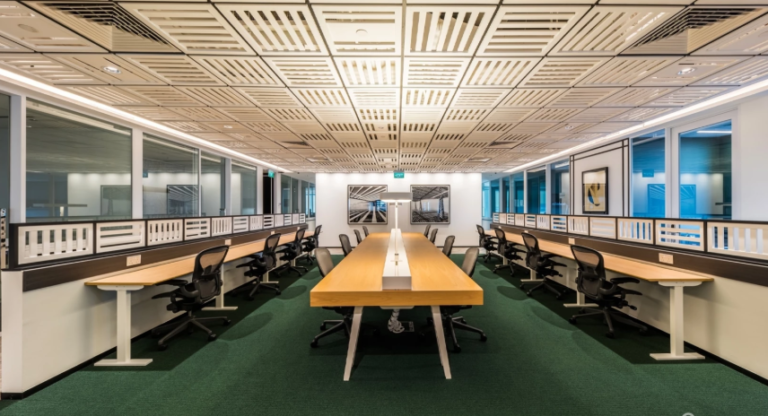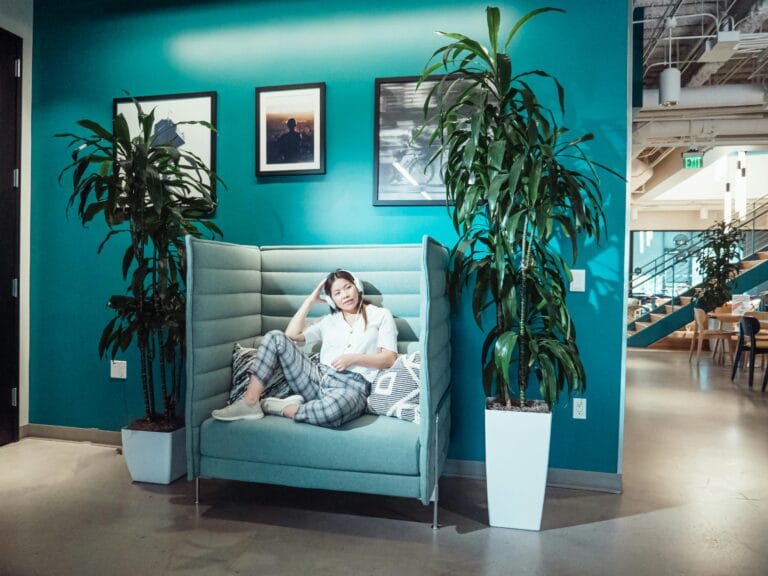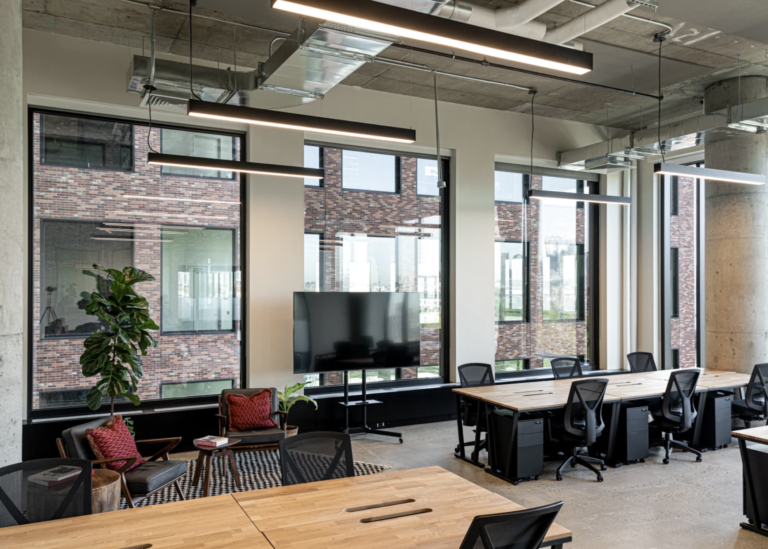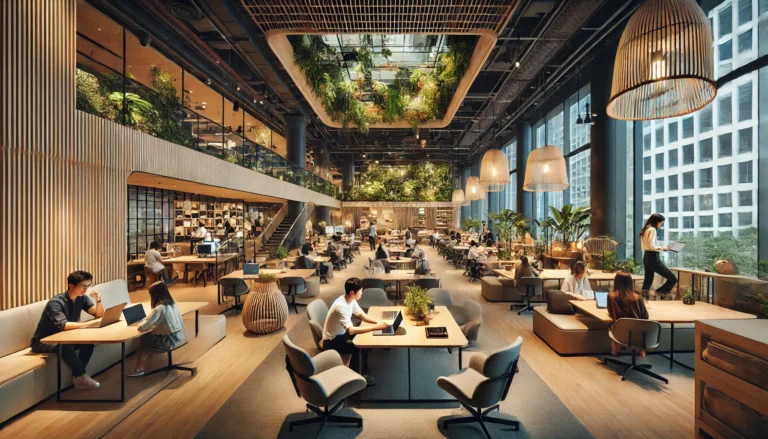Navigating the New Reality of Coworking in Suntec City
Over the years, I’ve watched Singapore’s commercial real estate evolve, and nowhere is the shift more exciting than in Suntec City. This district is a powerhouse of business, blending connectivity, prestige, and practicality. The rise of coworking spaces here has been phenomenal, and businesses today face an important choice: Should they go for adaptive workspaces, prioritizing flexibility and mobility, or anchor workspaces, offering stability and permanence?
Having worked with many companies facing this decision, I’ve learned there’s no one-size-fits-all answer. The best choice depends on factors like company culture, growth plans, and work dynamics. Let’s break it down.
The Adaptive Workspace: Freedom with a Trade-off
Picture this: A fintech startup sets up in a coworking hub at Suntec Tower 3 with just five employees. They choose an adaptive workspace, taking advantage of hot-desking and short-term leases to stay agile as they grow. It’s perfect—they scale up quickly without the burden of a long-term contract.
But then come the downsides. Employees struggle with inconsistency—some days, they have a great collaborative space; other days, they’re scrambling for quiet spots. The lack of a permanent setup affects focus and team bonding. It’s a common challenge in ultra-flexible coworking spaces, where the trade-off for adaptability is often routine and predictability.
Still, for businesses that thrive on agility, Suntec City’s adaptive workspaces are a major draw. The area’s excellent transport links and access to business services make it ideal for startups and remote teams that need to scale up (or down) at a moment’s notice.
The Anchor Workspace: Stability with Constraints
Now, take a multinational consulting firm I worked with, based in a coworking space in Suntec Tower 5. They went with an anchor workspace, securing a private office inside a coworking hub. This gave them a consistent, professional setting with dedicated meeting rooms and a stable base for employees—without losing access to shared coworking perks.
The upside? Brand identity, confidentiality, and a workplace that employees could depend on. The downside? Higher costs and less flexibility. Keeping a fixed presence in one of Suntec City’s prime coworking hubs requires a serious financial commitment.
For businesses focused on reputation and operational continuity, though, an anchor workspace can be a game-changer. And with Suntec City’s premium infrastructure, it’s a natural fit for companies that want both a prestigious address and the collaborative buzz of coworking.
Finding the Balance: A Hybrid Approach
More and more businesses are opting for a hybrid model, blending the best of both worlds. One e-commerce company I consulted took this approach: They rented a small anchor office in Suntec City for their core team while offering adaptive hot-desking options for sales and marketing staff who worked remotely.
The result? Cost savings without sacrificing stability. Employees could choose where they worked based on their needs, boosting both satisfaction and productivity. In today’s fast-changing work environment, hybrid solutions are becoming a smart way to get the best of both workspace models.
Beyond Cost: Psychological and Technological Factors
The choice of workspace isn’t just about money—it also impacts employee well-being and performance. Research shows that stable work environments improve cognitive function by up to 25% (Harvard Business Review, 2023), making anchor offices great for deep-focus roles. Meanwhile, adaptive spaces boost creativity by nearly 30%, which is ideal for teams in marketing, design, and innovation (MIT WorkLab, 2024).
Technology is also reshaping how businesses structure their workspaces. AI-powered desk allocation, biometric security, and IoT-driven climate control help companies in Suntec City blend flexibility with stability. Companies using these innovations have reported a 15% increase in workspace efficiency (CBRE Singapore, 2024).
The Bigger Picture: Why Suntec City?
Suntec City is more than just a business address—it’s a complete ecosystem. With five interconnected office towers, a massive convention center, and direct MRT access, it offers an unbeatable mix of convenience and corporate prestige. This makes it an ideal testing ground for businesses exploring different workspace strategies.
Singapore’s coworking sector continues to grow, with flexible office spaces seeing a 12% year-on-year increase (JLL Singapore, 2024). In Suntec City alone, premium coworking hubs boast occupancy rates exceeding 85% (Cushman & Wakefield, 2024). These numbers highlight the rising importance of strategic workspace planning.
Final Thoughts: Making the Right Choice
Choosing between an adaptive and anchor workspace isn’t just about saving money—it’s about aligning with your company’s work culture, goals, and operational needs. From my experience, businesses that carefully analyze their workflows before committing to a model tend to thrive. Some embrace full flexibility, others secure a stable base, and more are blending both strategies.
As Suntec City continues to be a hub for coworking innovation, the key takeaway is simple: The right workspace strategy isn’t just about where you work, but how you work.
Visualization: Workspace Strategy Matrix
| Workspace Type | Key Benefits | Challenges | Best For |
| Adaptive | High flexibility, cost-efficient | Inconsistent work environment | Startups, remote teams |
| Anchor | Stability, brand identity | Higher costs, less flexibility | Established firms, consultants |
| Hybrid | Balance of flexibility & stability | Requires careful management | Growing businesses, hybrid teams |

